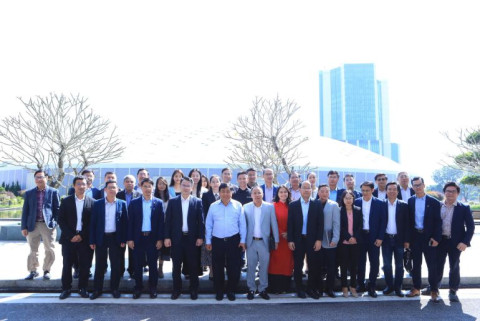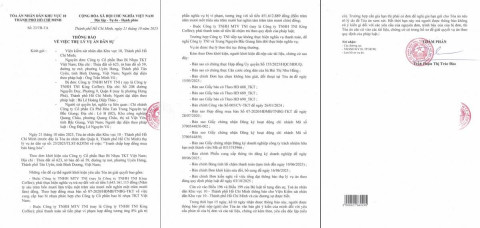Export-import credit is entering a “busy season”
- 176
- Business
- 21:41 16/08/2024
DNHN - Export-import credit is entering a bustling season, with increased activities to support businesses in expanding their international markets. Banks and financial institutions are ramping up funding, meeting the growing demand in global trade.
The export-import credit season is when businesses intensify their international trade activities, taking advantage of the high demand from foreign markets. Especially during major holidays or international trade events, the demand for importing goods to meet consumer needs and exporting products to fulfill foreign market demands surges. This creates significant opportunities for banks and financial institutions to provide credit services to support the capital flow for businesses.
During this period, managing cash flow becomes crucial. Businesses need to ensure stable working capital to import raw materials and products while optimizing the export process. Banks often enhance their preferential credit packages, offering low-interest rates to support businesses in expanding their operations and meeting seasonal demand. Close cooperation between banks and businesses is a key factor in optimizing the benefits of international transactions.
Additionally, the use of financial risk insurance tools becomes more common during the credit season. Businesses face exchange rate fluctuations, payment risks, and other uncertainties from international markets. Therefore, applying financial risk insurance measures not only helps businesses protect their profits but also enhances their competitiveness in the global market.
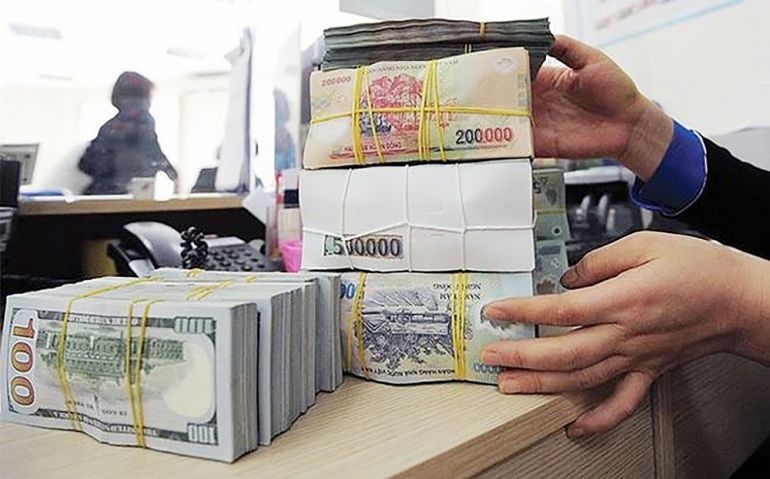
Finally, the export-import credit season also presents many challenges. Businesses need to be cautious in market evaluation, selecting reputable partners, and effectively managing risks. Maintaining good relationships with financial institutions and continuously updating market information will help businesses seize opportunities, optimize operations, and ensure sustainable long-term development.
According to businesses in southern provinces, the end of August and early September marks the peak period for sourcing raw materials for production and export processing, preparing for year-end orders like Christmas and New Year's.
A representative of the Vietnam Association of Seafood Exporters and Producers (Vasep) said that prices of key seafood raw materials such as shrimp, pangasius, and basa fish are high, with limited domestic supply. The demand for sourcing raw materials from businesses for processing and exporting is increasing, particularly in the U.S. and EU markets. Vasep forecasts that export prices of seafood products will continue to improve in the coming months due to high raw material prices and limited supply. However, businesses currently need to supplement working capital to purchase raw materials, leading to an expected increase in demand for loans, both in foreign currency and local currency, as exchange rates stabilize.
Since the end of the second quarter of 2024, the credit market has seen positive growth in lending for the production and processing of export goods by local banks. In Ho Chi Minh City, over 80% of loans in the first half of the year were directed towards priority sectors as per the Government's and State Bank's directives, with notable growth in loans for exports and industrial enterprises.
Similarly, in provinces like Bình Dương, Đồng Nai, and Cần Thơ, outstanding loans for export businesses have also seen strong growth. For example, by the end of July, export loan balances in Cần Thơ increased by 12.22%, reaching approximately 18.5 trillion VND, while in Đồng Nai, export loan balances reached around 26.6 trillion VND, with total outstanding loans of credit institutions here reaching about 48.2 trillion VND.
Commercial banks have also proactively expanded limits and introduced new loan packages for export businesses. For example, Agribank is deploying a 20 trillion VND credit package with interest rates lower by 2.4% per annum and free services until mid-2025. Banks like VietinBank, NamABank, OCB, and Eximbank are also offering attractive incentives for export businesses, with fixed interest rates and favorable loan conditions.
Experts suggest that in the current context where businesses need to supplement working capital, the low-interest rate environment is creating favorable conditions for capital access during the peak season. Maintaining low interest rates until the end of 2024 and early 2025 is feasible thanks to stable exchange rates and supportive factors from the banking sector.
Mr. Đỗ Bảo Ngọc, Deputy General Director of Kiến Thiết Securities Company, said that the current exchange rate stability will support attracting FDI flows in the final months of the year, while also helping banks maintain low interest rates and boosting credit for production and export.
Nhan Ha
Related news
#banking system
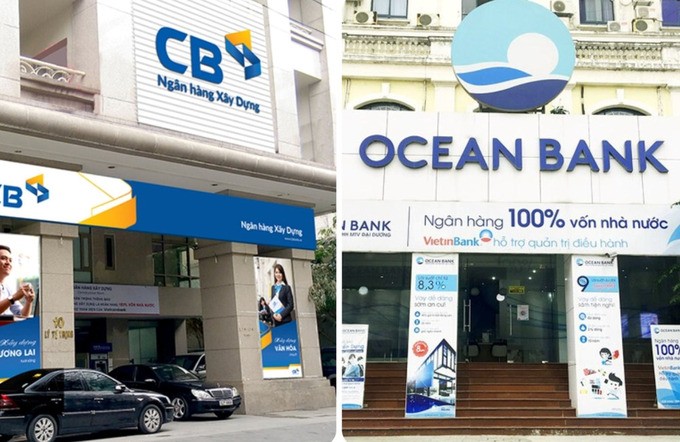
Restructuring the banking sector through mandatory transfers
The State Bank of Vietnam (SBV) has decided on the mandatory transfer of Vietnam Construction Bank (CB) and Ocean Commercial Bank (OceanBank) to Vietcombank and Military Bank (MB), respectively.

The banking sector is the highest brand value growth area in 2024
A total of six major banks have made it into the Top 10 strongest brands in Vietnam, including Vietcombank, BIDV, VietinBank, Techcombank, Agribank, and VPBank.
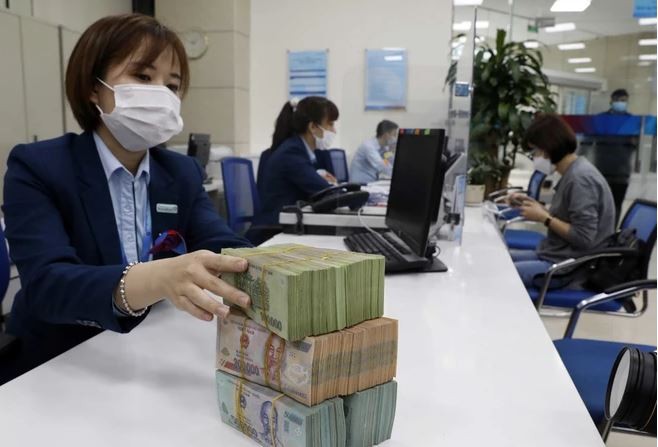
The State Bank of Vietnam studies the roadmap to remove credit room
The State Bank of Vietnam (SBV) is considering a roadmap to remove the credit room mechanism as directed by the National Assembly and the Government.

Significant drop in fraud cases following nearly three months of biometric authentication implementation
According to statistics from banks, the implementation of biometric authentication regulations has effectively deterred high-tech criminals from using personal accounts for money transfers.
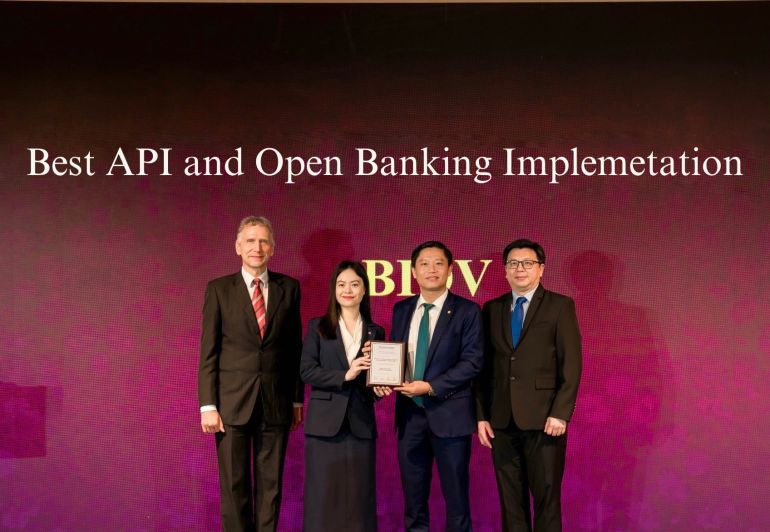
BIDV received 02 prestigious international awards for corporate products and services
Vietnam Joint Stock Commercial Bank for Investment and Development (BIDV) has just been awarded the titles of "Best API Application & Open Banking Bank in Vietnam" and "Best Trade Finance Bank in Vietnam" for 2024 by The Asian Banker.
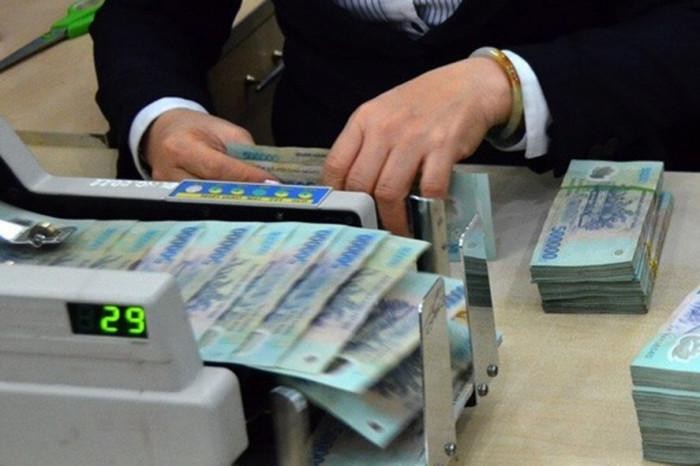
Bank interest rates on 31st October: Major players compete fiercely
Bank interest rates have been highly volatile, with one bank making its second rate adjustment in the month as of October 31, 2024, underscoring the competitive landscape.
Đọc thêm Business
From New Year messages of World Leaders to the “new rules” of the Global economy in 2026
At a pivotal moment of transition, New Year messages from capitals such as Hanoi, Beijing, Washington and Paris reflect distinct priorities and strategic visions.
Connecting Leaders, Shaping the Future: Strategic Leadership Planning Meeting – CorporateConnections Hanoi A
"Your network is your most powerful flowing asset. It generates value, multiplies opportunities, and accelerates your influence across borders."
Innovative ESG enterprise: Trạm Xe Việt startup proposes solutions to build a green mobility ecosystem
As Vietnam commits to achieving Net Zero by 2050 and tightens emissions standards, the transportation sector faces unprecedented pressure to transform.
Deputy Prime Minister Nguyễn Chí Dũng: “The country’s major challenges weigh heavily on my mind — and we must resolve them together.
On the morning of November 26, 2025, Deputy Prime Minister Nguyễn Chí Dũng chaired a high-level working session at the National Innovation Center (NIC) in Hòa Lạc.
Unitsky String Technologies signs cooperation agreements with three Vietnamese partners, opening a new direction for smart mobility and sustainable development
The signing ceremony took place in Minsk, Belarus, on November 28, 2025.
Before the D‑day to abolish flat‑rate tax: Fear of technology and costs leave small traders struggling to adapt
From 1 January 2026 the flat‑rate tax regime will be abolished. Small business households will be required to declare tax based on actual revenue. MISA supports the transition with technology to help micro‑merchants adapt smoothly and transparently.
Vietnamese enterprises at a crossroads: the impact of a potential US–China deal
As the world closely monitors every shift in US-China relations, emerging signals of a strategic agreement between the two global powers are raising hopes for global economic stability.
HDBank: Impressive profit growth, leading in profitability and advancing international integration
Ho Chi Minh City Development Joint Stock Commercial Bank (HDBank, stock code HDB) announced its consolidated profit before tax for the first 9 months of 2025 reached VND 14,803 billion, marking a 17% increase year-on-year (YoY).
TNI King Coffee sued for over VND 5 Billion in unpaid debts
On October 21, 2025, the People’s Court of District 10 in Ho Chi Minh City officially accepted a civil lawsuit concerning a commercial contract dispute between TKT Vietnam Plastic Packaging Joint Stock Company and TNI King Coffee Co., Ltd.
VINASME and Jeonnam Technopark Sign MOU on technology cooperation, human resource training, and trade promotion
On October 15, 2025, in Hanoi, VINASME and Jeonnam Technopark (Korea) signed an MOU to promote trade, advance technology transfer, and develop human resources between enterprises of both nations.





